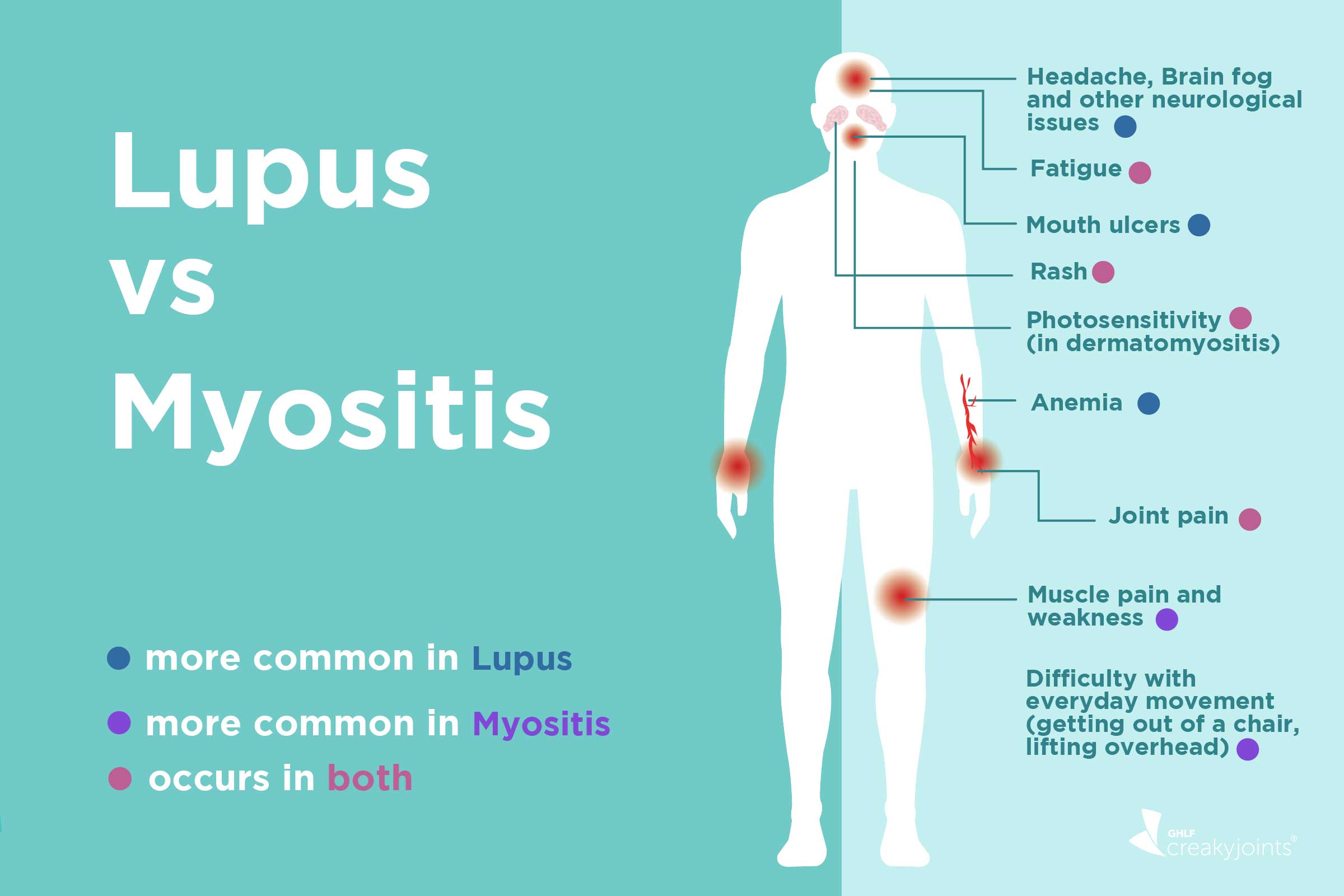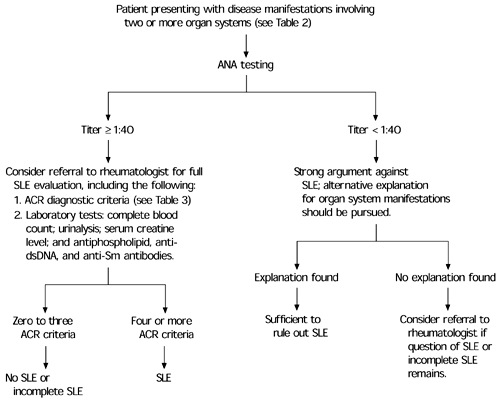Lessons I Learned From Tips About How To Detect Lupus
/lupus-diagnosis2-5ad0d65e119fa80036cef83d.png)
Other tests that may be useful in diagnosing lupus.
How to detect lupus. Because lupus can be a debilitating disease if left untreated for long, early diagnosis is ideal. Knowing how to detect lupus is critical as it can ensure that a patient gets the appropriate. Your doctor may run some or all of these tests, sometimes several times, to.
Lupus is a chronic disease that can be difficult to diagnose because it causes symptoms similar to those of other diseases and conditions. For example, a test for antinuclear antibodies (anas) in. La is an autoantibody associated with excess blood clot formation.
Lab tests help doctors check for changes in your body that could be caused by lupus. Lupus anticoagulant testing is a series of tests used to detect lupus anticoagulant (la) in the blood. When your doctor reviews your test results, they’ll look for these common signs of lupus:.
Sle may be difficult to diagnose because its early signs and. People also experience lupus in many ways. If a doctor is learning how to detect lupus, he/she will look for signs of inflammation.
Tell your doctor about your symptoms and. The signs of inflammation are pain, heat, redness, swelling, and loss of function at a particular place in the. No single test can tell if a person has lupus.
A diagnosis of lupus is based on a combination of symptoms, physical examination abnormalities (for example, a rash or swollen joints), and laboratory tests. Although no one symptom qualifies someone as having lupus, certain clinical techniques can be used to narrow down the diagnosis.
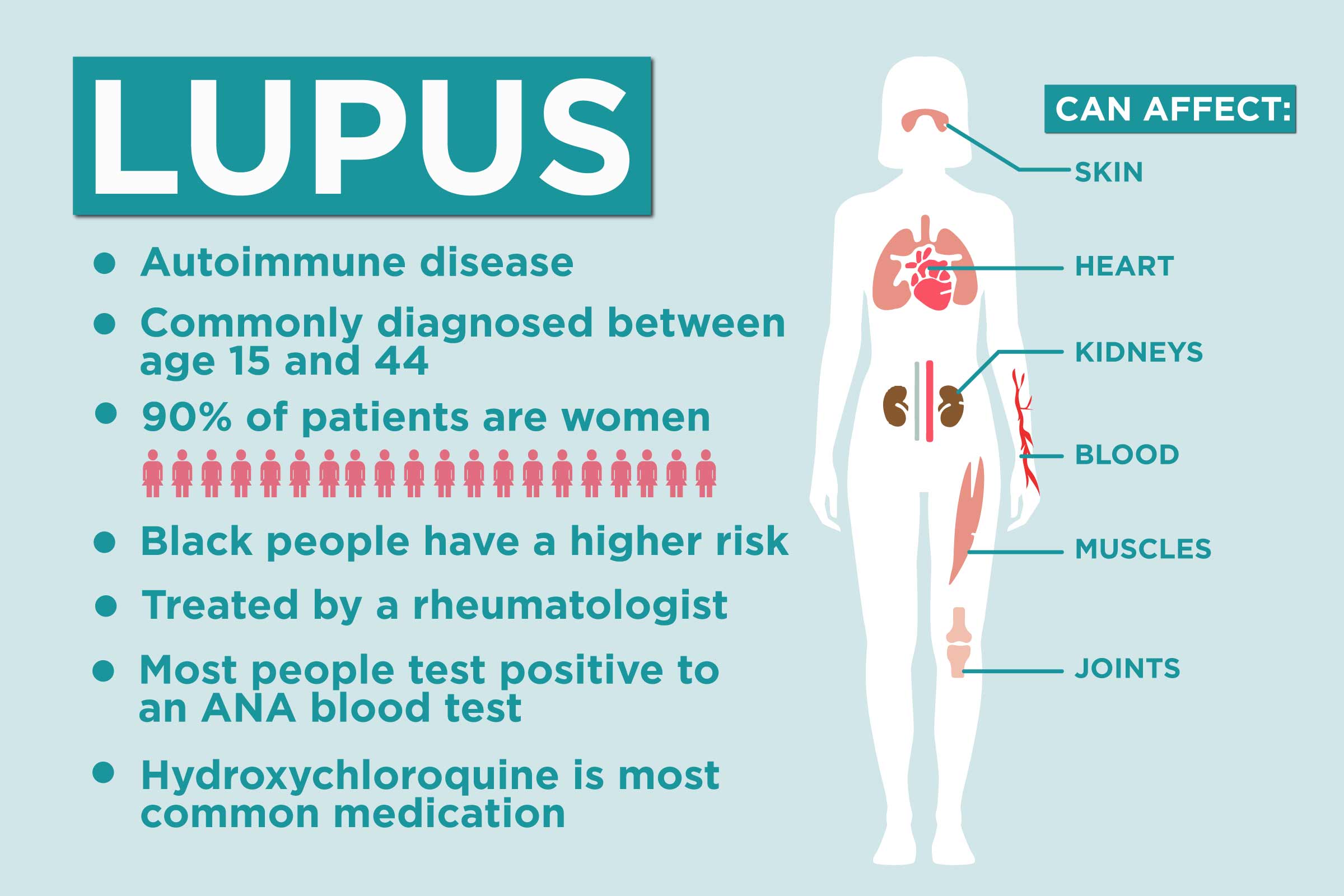

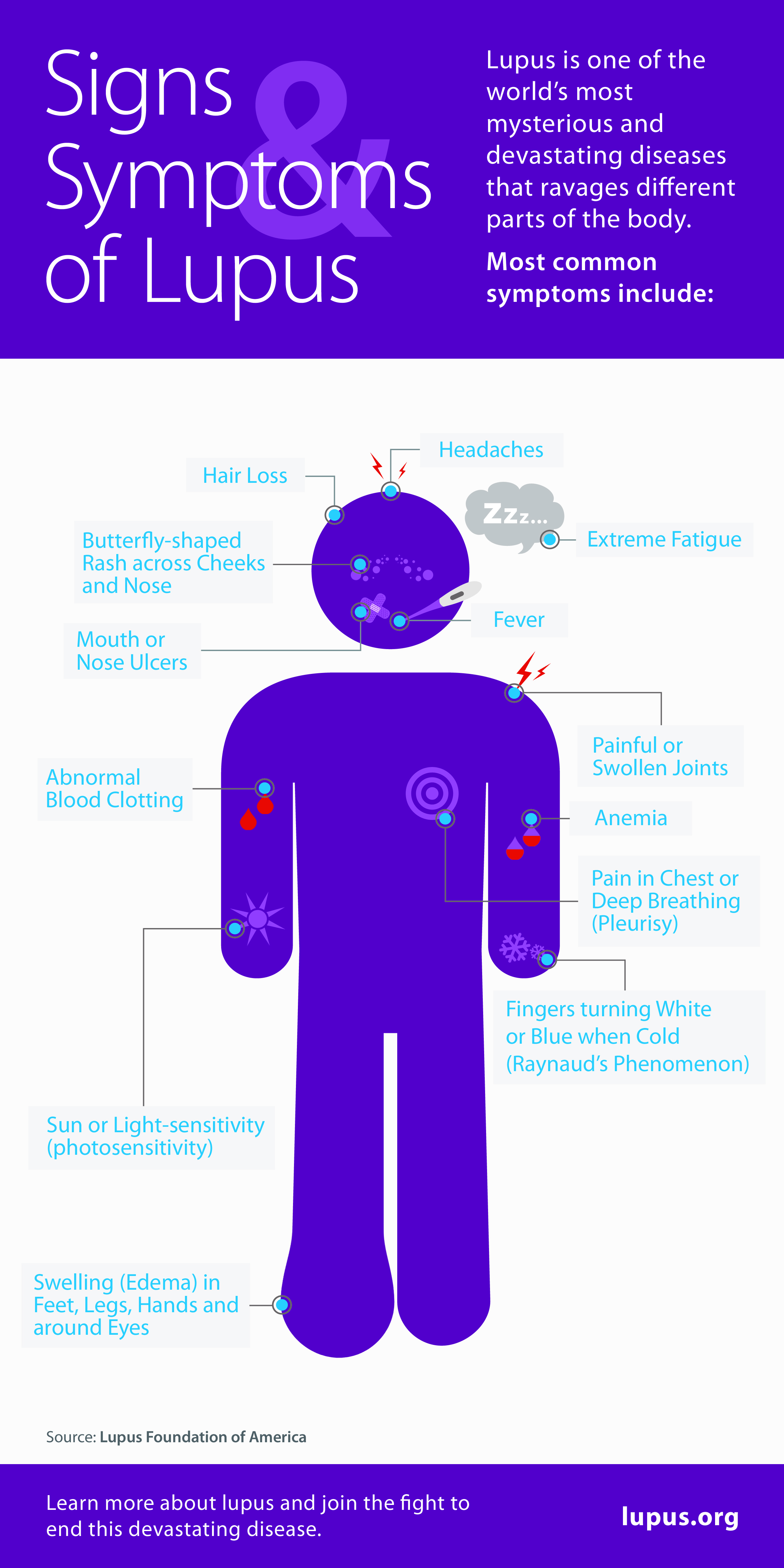
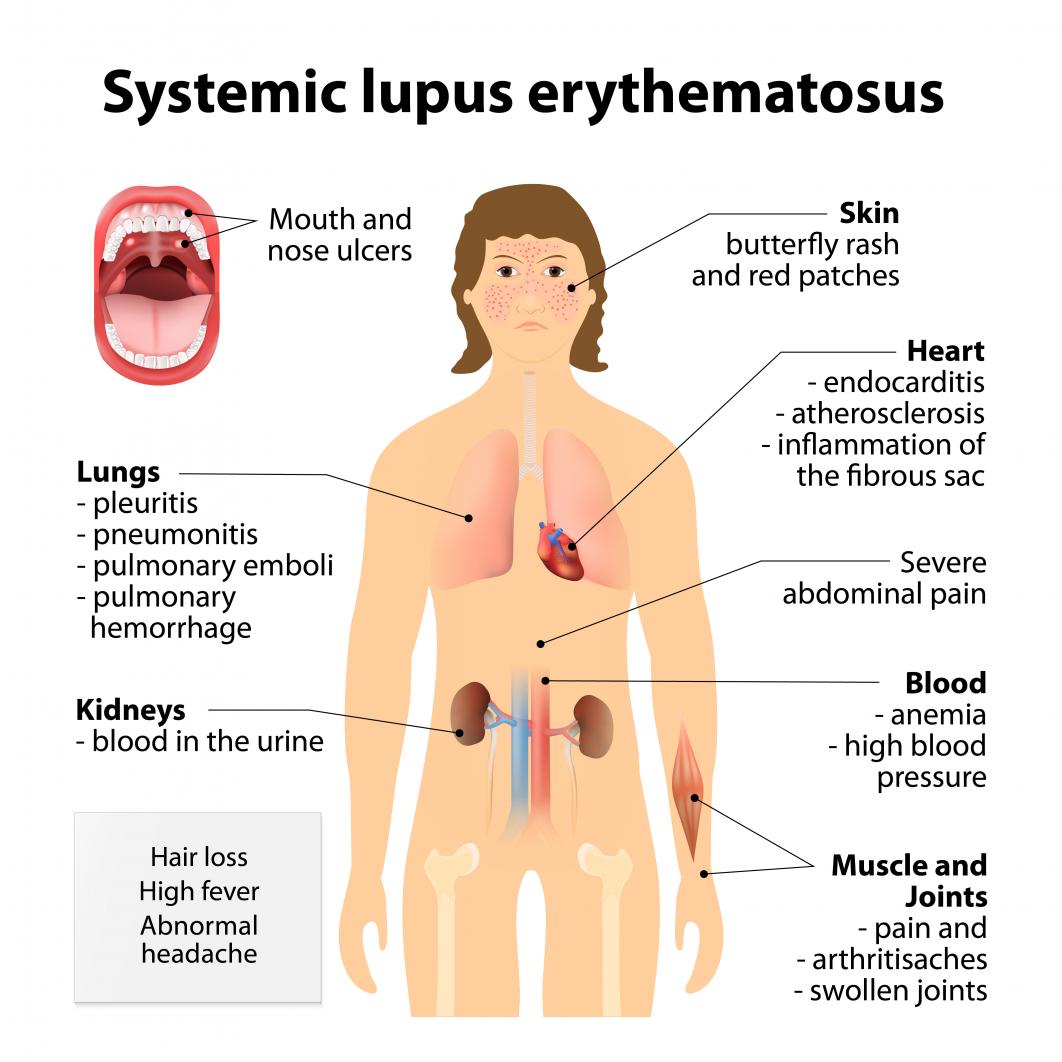




:max_bytes(150000):strip_icc()/lupus-and-ms-whats-the-difference-2249979-v2-5c45534dc9e77c000163bb17.png)
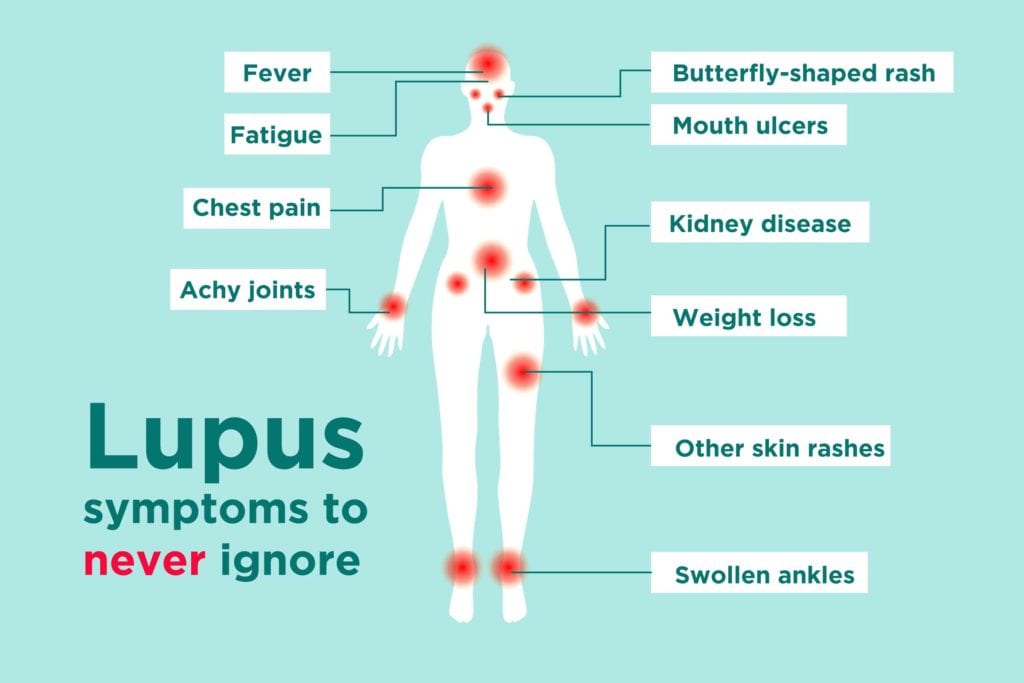
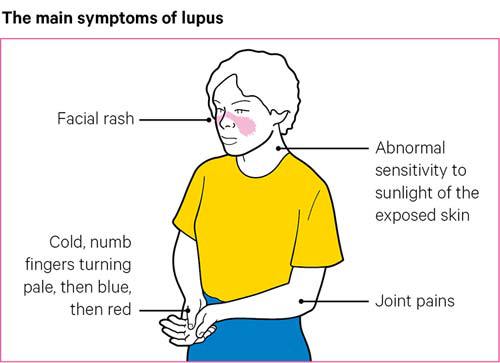
:max_bytes(150000):strip_icc()/lupus-symptoms1-5ad0d4801d6404003933b09f.png)
